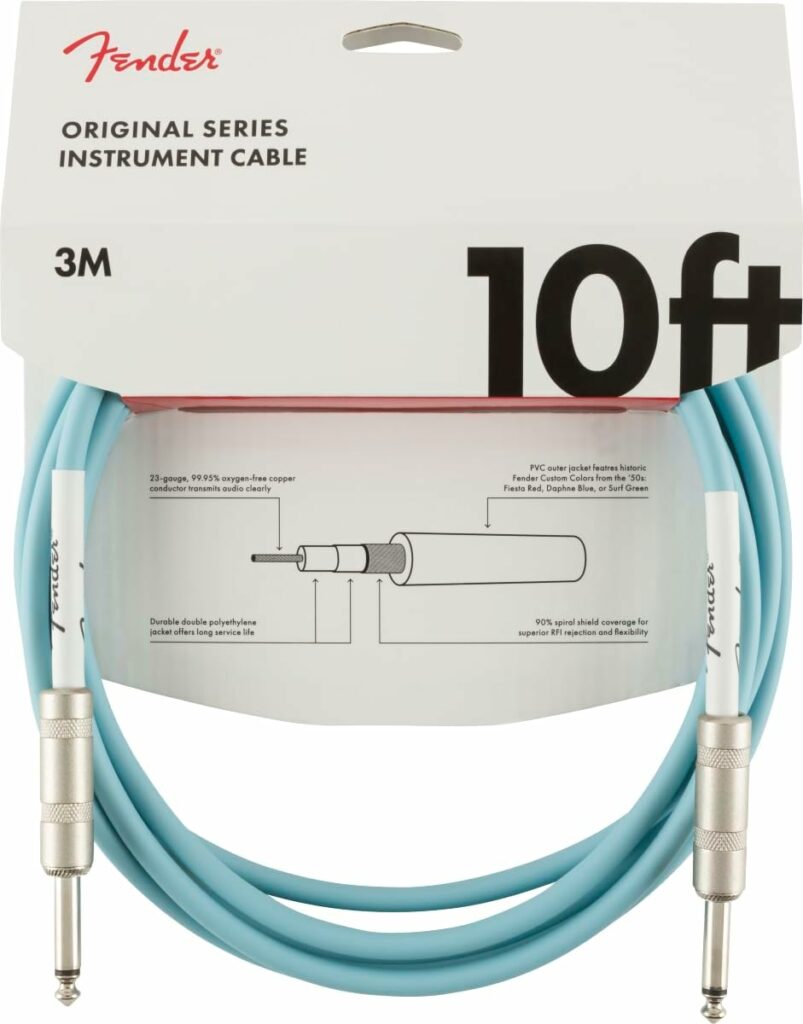What Cable Does David Gilmour Use? Unlocking the Secrets of a Legendary Guitar Tone
David Gilmour, the iconic Pink Floyd guitarist, is celebrated not only for his soulful playing but also for his meticulously crafted guitar tone. From the haunting solos in Comfortably Numb to the soaring melodies of Shine On You Crazy Diamond, Gilmour’s sound is a masterclass in clarity, sustain, and emotional depth. While much attention is paid to his guitars, amps, and effects pedals, one often-overlooked element of his setup is the cables he uses. Yes, cables! These humble connectors play a surprising role in preserving signal integrity and shaping tone.
In this article, we’ll explore the cables David Gilmour relies on, why they matter, and how you can apply this knowledge to your own rig—whether you’re a Gilmour superfan or simply chasing better tone.
Why Do Guitar Cables Matter?
Before diving into Gilmour’s specific choices, it’s worth understanding why cables are critical in a guitarist’s signal chain:
- Signal Integrity: Low-quality cables can introduce noise, hum, or signal loss, especially over long distances.
- Capacitance: Cables have inherent capacitance (measured in picofarads per foot), which affects high-frequency response. Higher capacitance can “darken” your tone.
- Durability: A robust cable withstands stage use, coiling, and uncoiling without failing.
Gilmour’s attention to detail extends to every part of his signal path, ensuring that even the smallest components contribute to his legendary sound.
David Gilmour’s Cable Setup: Breaking It Down
Gilmour’s rig has evolved over the decades, but his commitment to quality cables has remained constant. Here’s what we know about his setup:
1. Pete Cornish Custom Cables
Gilmour has long collaborated with Pete Cornish, a British engineer renowned for crafting custom pedalboards and cables for rock legends (including Brian May and Eric Clapton). Cornish’s cables are handmade, featuring:
- High-quality shielding to block interference.
- Low capacitance to preserve high-end clarity.
- Reinforced connectors (often Neutrik or Switchcraft) for reliability.
In Gilmour’s pedalboard-heavy setup—which includes dozens of effects—these cables ensure minimal tone loss between pedals.
2. George L’s Patch Cables
For connecting effects pedals, Gilmour has been spotted using George L’s solderless patch cables. These are favored for their:
- Ultra-low capacitance: Critical for maintaining brightness in complex pedal chains.
- Customizable lengths: Reduces cable clutter on pedalboards.
- Ease of repair: Solderless design allows quick fixes mid-tour.
3. Mogami and Van Damme Studio-Grade Cables
For instrument cables (guitar to pedalboard or amp), Gilmour reportedly uses Mogami or Van Damme cables. These brands are studio staples due to their:
- Oxygen-free copper (OFC) conductors: Enhances conductivity.
- Double shielding: Eliminates RF/EMI interference.
- Neutrik connectors: Gold-plated tips for optimal signal transfer.
Key Features of Gilmour’s Cables (And Why They Matter)
Let’s break down the technical aspects that make these cables ideal for Gilmour’s needs:
1. Low Capacitance
Gilmour’s tone relies on crystalline highs and smooth mids. High-capacitance cables act like a low-pass filter, rolling off high frequencies. Pete Cornish and George L’s cables typically have capacitance below 30pF per foot, ensuring minimal high-end loss.
2. Premium Shielding
Gilmour’s massive pedalboards (sometimes with 50+ effects) are a breeding ground for noise. High-quality shielding—like braided copper or foil—blocks interference from lights, amps, and other stage electronics.
3. Durable Connectors
A broken cable can derail a live performance. Gilmour’s cables use Neutrik or Switchcraft connectors, which feature:
- Strain relief to prevent internal wire damage.
- Gold or nickel plating for corrosion resistance.
4. Flexible and Lightweight Design
Gilmour’s pedalboards are intricate, requiring cables that bend easily without compromising durability. Brands like George L’s use thin, flexible jackets to save space.
Can You Replicate Gilmour’s Cable Setup?
While most of us can’t afford a custom Pete Cornish rig, you can still emulate Gilmour’s approach with these tips:
1. Invest in Low-Capacitance Cables
- Budget Option: Evidence Audio SIS (Monorail SIS) offers studio-grade performance at a mid-tier price.
- Premium Pick: Pete Cornish CC-1 (the exact cable Gilmour uses).
2. Prioritize Shielding
Look for terms like “dual-shielded” or “95% braided coverage” in product descriptions.
3. Use Reliable Connectors
Replace stock connectors with Neutrik or Switchcraft if possible.
4. Keep Cable Runs Short
Longer cables increase capacitance. Use buffer pedals to maintain signal strength in large setups.
FAQs About David Gilmour’s Cables
Q: Does David Gilmour use wireless systems?
A: Yes, but sparingly. He prefers wired setups for recording to avoid compression artifacts.
Q: Are George L’s cables worth the price?
A: For pedalboards, absolutely. Their low capacitance and customization options justify the cost.
Q: How often should I replace guitar cables?
A: With high-quality cables, every 5–10 years. Inspect for fraying or intermittent sound.
Final Thoughts: Cables Are the Unsung Heroes of Tone
David Gilmour’s meticulous cable choices remind us that great tone is a sum of all parts. While you don’t need to replicate his setup exactly, prioritizing low capacitance, durability, and shielding will elevate your sound. Whether you’re playing a stadium or a bedroom, remember: the right cable can be the difference between good and legendary.
Pro Tip: Pair your cables with a well-buffered pedalboard and quality power supplies (like Cioks or Truetone) to maximize their performance.

